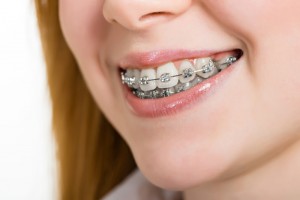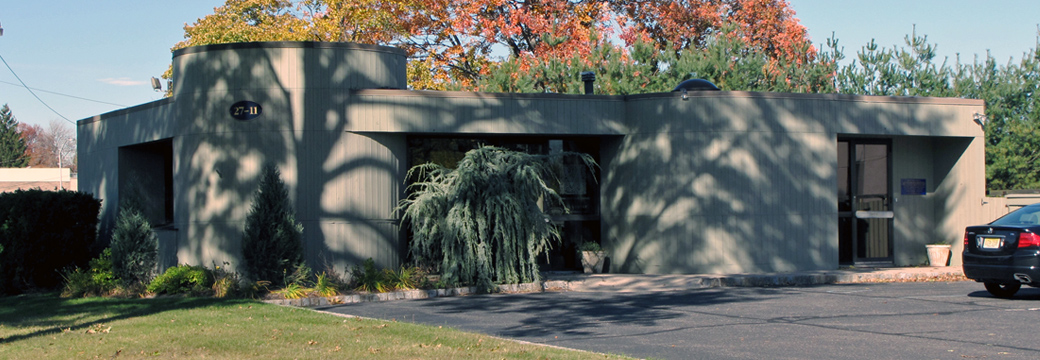Most people still associate having braces with being a teenager, but you may be noticing more and more children between the ages of nine and fourteen with orthodontia. That’s because we’ve found that orthodontic treatment that is begun while your child is still growing may produce the best results.
Why should you consider Picture of braces braces for your child? Crooked and crowded teeth are  hard to clean, which may lead to dental problems. Malocclusion, or a bad bite, can affect speech and chewing ability, cause abnormal wear on tooth surfaces, and can lead to problems with bones, joints, and gum tissue. There are also emotional benefits, the biggest of which is your child’s increased confidence in his or her smile and overall appearance.
hard to clean, which may lead to dental problems. Malocclusion, or a bad bite, can affect speech and chewing ability, cause abnormal wear on tooth surfaces, and can lead to problems with bones, joints, and gum tissue. There are also emotional benefits, the biggest of which is your child’s increased confidence in his or her smile and overall appearance.
Today’s braces can be discreet or as noticeable as you and your child want them to be. The bracket, or the part of the braces that attach to each tooth, is smaller now and can sometimes be attached to the back surface of the tooth instead of the front. Brackets can be clear, tooth-colored, or come in a variety of fun shapes and sizes. In some cases, treatment may be done without using braces at all by using a series of clear plastic removable mouthpiece-like aligners.
We invite you and your child for an orthodontic evaluation from the age of 7 on. This is the optimal time to review their mix of adult and baby teeth so we can spot any problems with emerging teeth and jaw growth. After the evaluation, we will let you know if we feel it is necessary to refer your child to an orthodontist or if we can treat them ourselves. Orthodontic treatment today is more affordable than ever, and it might be one of the most important things you can do for your child’s future.



